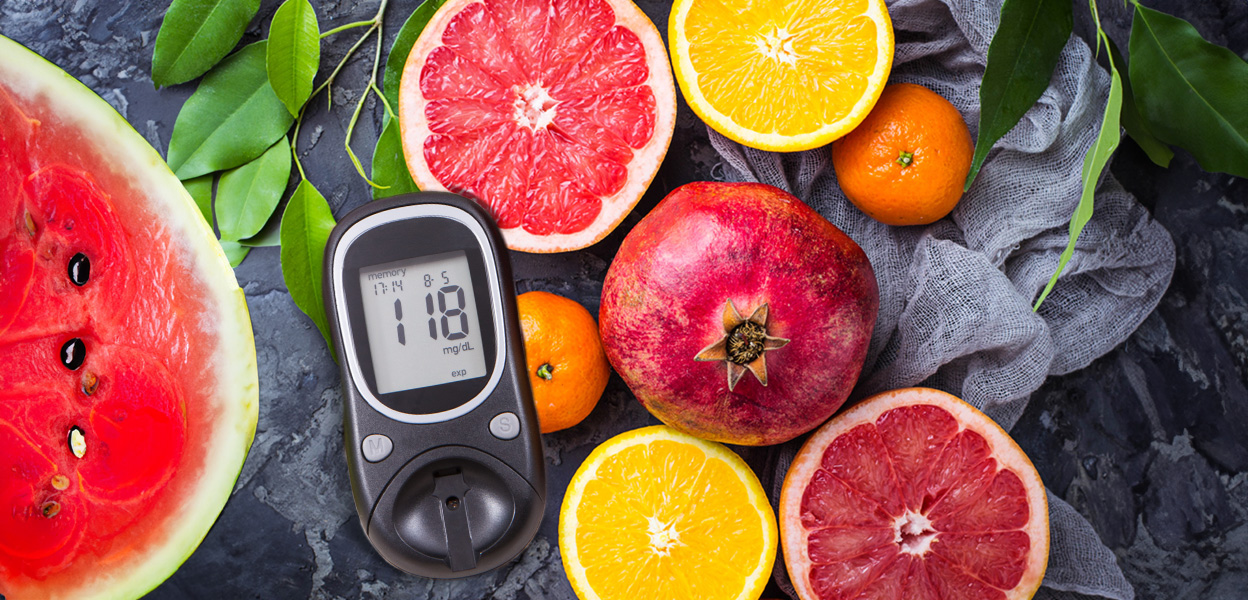
How Fruits Can Contribute to Problem Areas
Gesunder Lifestyle
17.12.2024
Rene Tischhart
The Hidden Weaknesses of Fruits
How good is energy from fruits?
Fruits are often considered healthy energy sources, but do they truly live up to this reputation? Particularly fructose-rich varieties such as apples, pears, or watermelons challenge this perception. Fructose is only about 50% absorbable by the human body, whereas fiber-rich alternatives like sprouted buckwheat boast much higher absorption rates.
The fructose effect on our hormones: Why fruits are less filling
Appetite, satiety, and energy utilization are hormonally regulated in humans. However, fructose does not influence the appetite-regulating hormone ghrelin, the satiety hormone leptin, or the metabolic hormone insulin. As a result, consuming fructose-heavy fruits does not create a sufficient feeling of fullness, which can lead to overconsumption. Fruits like apples and pears are ideal as light snacks for hungry children to avoid spoiling their appetite before meals. However, excessive consumption can cause unfavorable blood sugar fluctuations and, over time, lead to metabolic strain and fat accumulation in problem areas.
Modern fruit production: More sugar, less fiber
Modern food production exacerbates these issues. Compared to traditional fruit varieties, modern cultivars contain significantly more sugar and fewer fibers. Lower fiber content accelerates sugar metabolism and increases blood sugar fluctuations. Varieties like seedless grapes or overbred melons can exceed sugar levels of 20 grams per 100 grams. Fruit juices further concentrate the sugar content, amplifying these effects.
Energy dips after consumption: Why fruits can trigger cravings
The conversion of sugar into energy is a complex process that consumes significant energy before yielding usable energy for the body. Consuming sweet fruits can temporarily drain energy as fructose and glucose must first undergo complex metabolic processing. Initially, this creates an energy deficit, compensated by the release of energy from fat stores. Shortly after, the consumed sugar floods into the bloodstream, causing a rapid blood sugar spike. The result: an initial energy dip, followed by overstimulation and increased fat storage.
How fructose contributes to fat accumulation
Fructose has a unique characteristic. Once absorbed, it is primarily metabolized in the liver, where excess fructose is converted into fat during a process known as de novo lipogenesis. This ensures that excess fructose is stored as fat rather than being used as energy. Since fructose does not activate satiety hormones, overconsumption often leads to a calorie surplus. This mechanism explains why a high intake of fructose-rich foods is associated with the accumulation of visceral fat, particularly in the abdominal area.
Conclusion: Fruits as an addition, not a primary energy source
Fruits should not be considered primary energy providers. Instead, it is recommended to pair fruits with nutrient-dense ingredients like leafy greens or nuts to mitigate the downsides of fructose. Fiber-rich and low-fructose alternatives offer more sustainable energy and better satiety. The proven 80:20 rule from the successful SHAPE UP program can be a helpful guide: 80% of plant-based nutrition should come from vegetables and only 20% from fruits. This promotes balanced nutrient intake and helps reduce problem areas.
Teilen
vorheriger Beitrag
Die zentrale Bedeutung der Darmflora
nächster Beitrag



